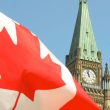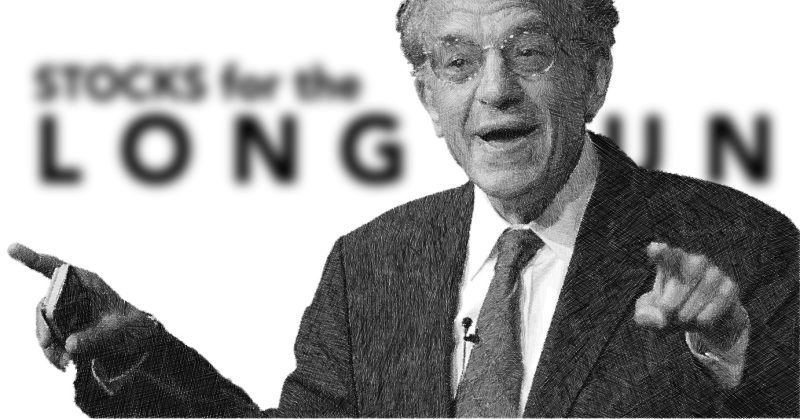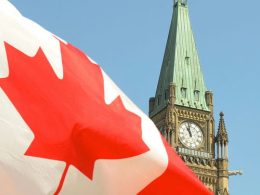by Professor Jeremy J. Siegel, Senior Economist to WisdomTree and Emeritus Professor of Finance at The Wharton School of the University of Pennsylvania
The surprisingly large reduction in mutual tariffs between China and the U.S. announced early Monday morning has sent the markets flying. Trump has softened his approach dramatically and markets are expecting future deals. The base case: everyone at 10%, China at say 20% is still a jump, but at least will likely prevent a recession. Trade and tariffs remain the main focus for markets.
The Fed meeting came and went largely as expected. Those hoping for clarity on a path for rates cuts only received confirmation Jerome Powell remains hesitant to act. This reluctance stands in contrast to a growing list of warning signs: deteriorating supply chains and uncertainty with an unresolved tariff standoff. While Powell acknowledged elevated uncertainty, his refusal to shift policy reveals a broader problem: the Fed’s rigid operational framework has locked it into a reactive stance.
I’ve long argued monetary policy in an ample reserves regime requires far more flexibility than the Fed currently employs. Historically, the Fed Funds Rate moved quickly and frequently in response to evolving conditions. Now, every basis point move is scrutinized like a moon landing, and any change is viewed as the beginning of an irreversible trend. This lack of tactical flexibility constrains the Fed’s ability to mitigate shocks and contributes to policy inertia.
The tariffs themselves are a wildcard. Firms will eventually adjust to whatever tariff level prevails, but there’s a natural lag. Powell dismissed the early warning signs as absent from “real data,” a dangerous reading given the long and variable lags of monetary policy. By the time job losses materialize, it becomes too late to counteract the downturn optimally.
Long-term inflation expectations as I see them in the 5-year/5-year forward inflation rate—currently hovering near 2.06%—suggest upside inflation risks are not entrenched. This makes the Fed’s view less defensible.
There is also a growing risk that political pressure on the Fed will escalate. Trump’s complaints against ‘too late’ Powell will amplify as the economy weakens, even if it’s the result of Trump’s tariffs. The Fed’s best defense of its independence is sound policy, and that means recalibrating before damage becomes irreversible.
Equities have shown resilience, but that optimism is predicated on an eventual resolution of tariffs. If real substantial deals fail to materialize soon, markets will have to recalibrate earnings expectations downward, triggering another test of recent lows.
I maintain my long-term bullish stance on equities. Stocks remain attractive relative to bonds, with a nearly 3% real yield premium over 10-Year TIPS. Dividend-paying value stocks in particular should benefit from any rate cuts, and I continue to favor these over more speculative growth sectors in this environment. But in the short term, investors should brace for volatility. Even if tariffs are partially rolled back, I believe some earnings damage will unfold. The road to recovery in corporate margins will be slow, particularly for global brand perceptions which have been eroded in some countries like Canada and Europe.
Copyright © WisdomTree















